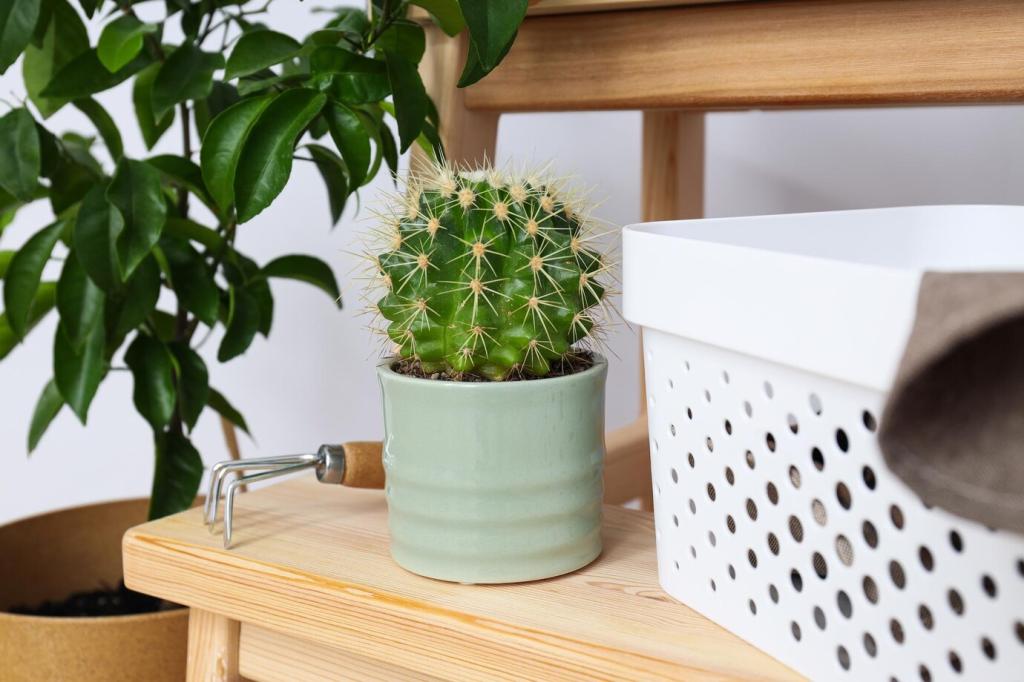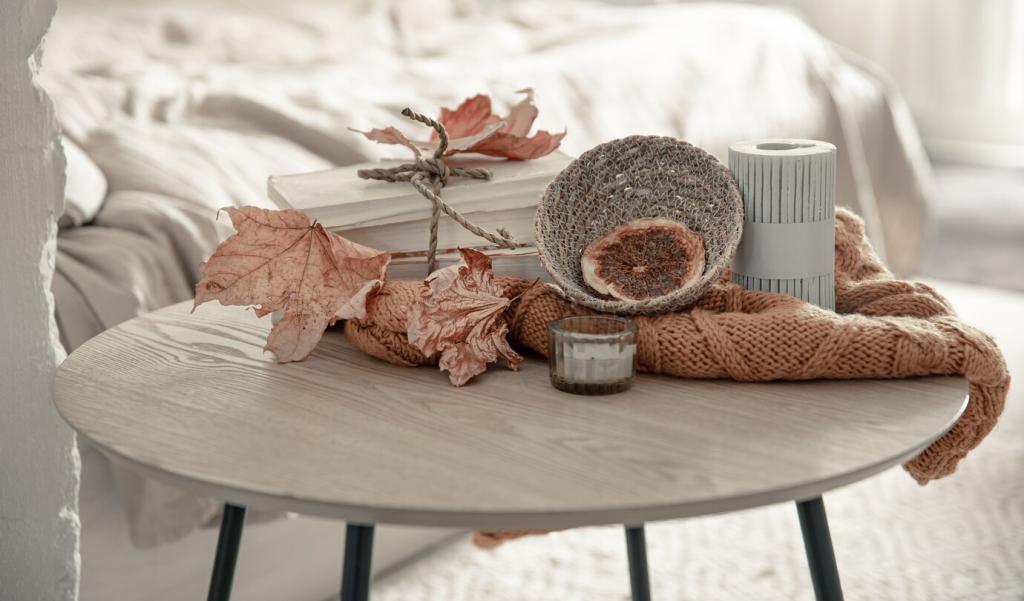Creating sustainable interior environments is now at the forefront of modern design and construction. As environmental awareness grows, so does the importance of aligning interior projects with recognized green certifications and standards. These frameworks not only help limit the environmental impact of building interiors but also enhance occupant health, comfort, and well-being by promoting sustainable materials, energy efficiency, and responsible resource use. Understanding the landscape of these certifications is essential for designers, property owners, and anyone involved in shaping interior spaces.

Leadership in Energy and Environmental Design (LEED)
LEED is widely regarded as the gold standard for green building certifications, offering a comprehensive framework for healthy, efficient, and sustainable interiors. The program evaluates interior spaces and entire buildings through a points system, examining aspects such as materials selection, innovation, indoor environmental quality, and energy performance. Achieving LEED certification provides third-party validation of a project’s commitment to sustainability. LEED for Interior Design and Construction (ID+C) specifically targets spaces that do not control entire buildings, making it ideal for commercial interiors, retail spaces, and hospitality environments. LEED certification not only enhances a building’s environmental performance but also boosts its marketability and appeal to eco-conscious occupants and businesses.

WELL Building Standard
The WELL Building Standard focuses on how interior environments directly impact human health and well-being. While sustainability is an underlying principle, WELL dives deeper into aspects such as air quality, light, nourishment, fitness, comfort, and even psychological well-being within interior settings. Certification under WELL supports the creation of spaces that foster occupant health and productivity. The standard is evidence-based and continually updated to incorporate emerging research about indoor environmental quality and human factors. Organizations pursuing WELL certification often experience increased productivity, employee satisfaction, and occupant loyalty thanks to healthier, more comfortable environments.

Fitwel Certification
Fitwel is a leading certification system focused mainly on optimizing interior environments for occupant health through evidence-based design strategies. Developed by the U.S. Centers for Disease Control and Prevention and the General Services Administration, Fitwel emphasizes accessibility, healthy eating, reducing disease transmission, social equity, and promoting active lifestyles within workplaces and multi-family residential buildings. The program is user-friendly, flexible, and scalable for diverse project types, making it accessible to a wide range of interior fit-outs. Fitwel-certified interiors signal to employees, tenants, or residents that well-being has been considered from the ground up.
Essential Standards Guiding Sustainable Interiors
ISO 14001 Environmental Management
ISO 14001 provides the framework for effective environmental management systems (EMS) across organizations, including those involved in interior design and fit-out. By implementing an EMS according to ISO 14001, companies can systematically identify, manage, and reduce environmental impacts from their projects. This standard encourages continual improvement in resource efficiency, waste reduction, and legal compliance—all critical factors in sustainable interiors. Many organizations require suppliers, including those in furniture and fit-out markets, to operate under an ISO 14001-certified EMS, promoting responsible practices across the entire supply chain.
GREENGUARD Certification
GREENGUARD Certification, administered by UL Environment, validates that furniture, finishes, and interior products meet stringent chemical emissions limits. Products certified under the GREENGUARD program help reduce indoor air pollution and lower the risk of chemical exposure to occupants because they release fewer volatile organic compounds (VOCs) and other pollutants. Many building codes, LEED credits, and wellness standards reference GREENGUARD as a requirement or recommendation. By choosing GREENGUARD-certified products, designers and property owners can be confident that their interiors support superior indoor air quality, enhancing occupant health and well-being.
Forest Stewardship Council (FSC) Certification
The Forest Stewardship Council (FSC) sets a global standard for responsible forest management and is widely recognized in sustainable interiors for wood and wood-based products. FSC certification ensures that timber, plywood, and other wood materials are sourced from responsibly managed forests that provide environmental, social, and economic benefits. FSC-certified wood supports the fight against illegal logging and deforestation while promoting biodiversity and protecting the rights of indigenous communities. Integrating FSC-certified products into interiors reflects a commitment to ethical sourcing and environmental conservation without compromising quality or aesthetics.
Benefits of Green Certified Interiors
Green certified interiors are meticulously designed to minimize exposure to toxic substances, reduce allergens, and optimize air quality, lighting, and acoustics. Enhanced ventilation and the use of low-emission materials result in healthier spaces that can decrease the risk of respiratory issues, allergies, and headaches among occupants. Such spaces are proven to support better concentration, productivity, and overall satisfaction. For businesses, investing in health-centric certified interiors can lower absenteeism and healthcare costs, while homeowners can enjoy a higher quality of life and reduced risks associated with indoor pollutants.
Investing in certified green interiors often leads to tangible financial benefits, including reduced energy and water consumption, which can significantly lower operating costs over time. Certified spaces are generally more attractive to tenants and buyers, commanding higher rents or sale prices due to their sustainability credentials and associated health benefits. Many organizations become eligible for green financing, grants, or incentives by certifying their projects. Additionally, spaces with recognized certifications are less likely to become obsolete, maintaining their value and desirability in a future increasingly conscious of sustainability.
Achieving green certification signals a deep commitment to sustainable practices, which can strengthen an organization’s reputation and attract environmentally conscious clients, partners, and employees. In a marketplace where brand values often influence purchasing decisions, demonstrating environmental responsibility through certified interiors can provide a distinct competitive advantage. Furthermore, certified projects contribute to broader environmental goals such as lowering carbon emissions, conserving natural resources, and reducing landfill waste—contributions that resonate with environmentally aware stakeholders and communities.

